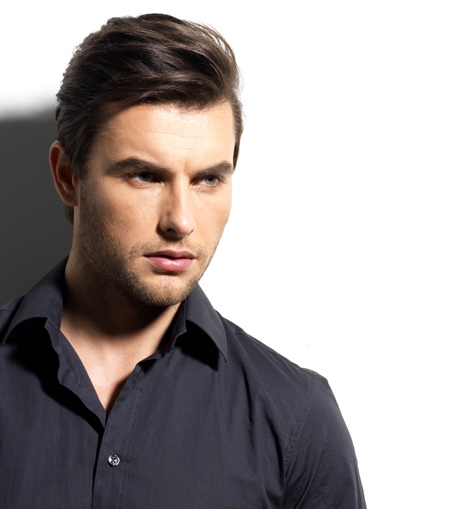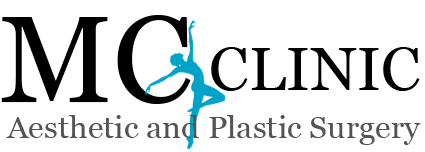Call Us - +(90) 546 776 9042
Many patients struggling with nasal imperfections such as asymmetry, large nostrils, or a displeasing bump feel as though their nose appears unflattering. Rhinoplasty, also known as nose surgery, addresses these issues by improving the size and shape of the nose to create a balanced and attractive appearance.

What is Rhinoplasty (Nose Job)?
Rhinoplasty commonly known as a ’nose job’, is a popular procedure used for changing the shape or size of the nose to both aesthetically enhance it and restore its functions. Patients who are unhappy with the way their nose looks wish to have rhinoplasty to improve their overall appearance. As the central feature of the face, how it looks can affect your confidence, therefore making it one of the most common procedures performed by our surgeons.
In addition to improving your appearance it can also be performed to improve function by correcting breathing problems caused by a deviated septum.
+90 546 776 9042Open or Closed Rhinoplasty?
Depending on the requirements of the patient, there are two common techniques which are used to perform rhinoplasty, including open and closed rhinoplasty. Closed rhinoplasty involves making a tiny cut inside the nose for minor reshaping whereas in open rhinoplasty the incision is made across the columella (the skin and cartilage bridge in between the nostrils).
Our highly skilled surgeons have extensive experience in both of these techniques and they can modify the shape and size of your nose to achieve your desired look for a more confident you.


Bumps On The Nasal Bridge
One of the most common problems that people experience with their nasal structure is the prevalence of bumps or humps on the nasal bridge. These conditions impact the softness of the nose, which results in a less harmonious and balanced facial appearance. Rhinoplasty can create softer edges by removing the cartilage and bone that causes the misshaped structure.
Angle Of The Nasal Tip
It is also common for the angle of the nasal tip to project too far upward or downward on the face. This can create a hook-like appearance that severely damages your facial profile. By altering the tissue on the tip of the nose, Dr. Ceber can create a new side profile that is not impacted by an overly projected nasal tip.
Width And Shape Of The Nostrils
Often, people come in for rhinoplasty surgery because of the shape or size of their nostrils. Whether patients would like to open their nostrils for a wider appearance or close up overly large nostrils, rhinoplasty can help bridge the gap between the appearance you want and the appearance you currently have.
How Is Rhinoplasty Performed?
Patients receiving a rhinoplasty treatment require either local anesthesia with sedation or general anesthesia.
There are two popular techniques for rhinoplasty. Either the work is done inside the nose (closed rhinoplasty), or a small incision is made at the nose’s base, between the nostrils (open rhinoplasty).
Through these incisions, your rhinoplasty surgeon will adjust the bone, cartilage, and skin. Depending on your nasal concern, bone and cartilage may be shaved down, or grafts (from the septum, ear, or rib) may be added.
For small changes to your nose, the surgeon may opt for cartilage taken from your septum or ear. More significant changes may require the surgeon to use cartilage from your rib or other parts of your body.
After the changes are made, the incisions are closed.
If you have a bent or crooked (deviated) septum, the surgeon can straighten it to improve breathing.

All-Inclusive Individual Package
Price includes surgery, medication, 1 night hospital stay, 6 nights hotel stay, transfers and an English speaking host.
On the morning of your procedure, you will be picked up by your patient coordinator and transferred to the hospital where you will have a consultation your surgeon. Afterwards, you will have medical tests to check your suitability for surgery and once confirmed the procedure will last around 2 hours. You will spend the night at the hospital following your surgery.– Day 1
You will be discharged from the hospital in the morning following a check-up by your surgeon. You will be transferred to your hotel where you will continue to rest in your room.– Day 2
You are advised to continue resting, but once you start feeling better you can go out on days 5 and 6.– Days 3, 4, 5 & 6
On your last day, you will have a final check-up by your surgeon and you will be ready to go home after having your splint and stitches removed.s– Day 7
Procedure Time
Rhinoplasty lasts around 2 hours on average.
Anaesthetic
Rhinoplasty is performed under general anaesthesia.
Recovery
You can return to your daily activities in just 7-10 days
Frequently Asked Questions
Am I Good Candidate For Rhinoplasty?
Candidates must be in good general health and have realistic expectations for what rhinoplasty can achieve. You will also be asked to quit smoking for a few weeks before and after your surgery.
How Long Will My Procedure Take?
Nose surgery can take approximately two to three hours to complete, depending on the specific corrections that need to be made.
Is Rhinoplasty Painful?
General anesthesia is administered throughout your procedure, so you do not have to worry about feeling any pain or discomfort during surgery.
Are There Any Risks or Side Effects Involved With Rhinoplasty?
As with any surgery, there are some risks involved with rhinoplasty. These include anesthesia risks, numbness, damage to deeper structures, deep vein thrombosis, fluid accumulation, infection, irregularities in contour, and loose skin.
Can Rhinopllasty Help Breathing Problems?
Rhinoplasty is designed specifically to address the aesthetic conditions of the nose. However, rhinoplasty can be combined with septoplasty to address mechanical problems that obstruct breathing.

